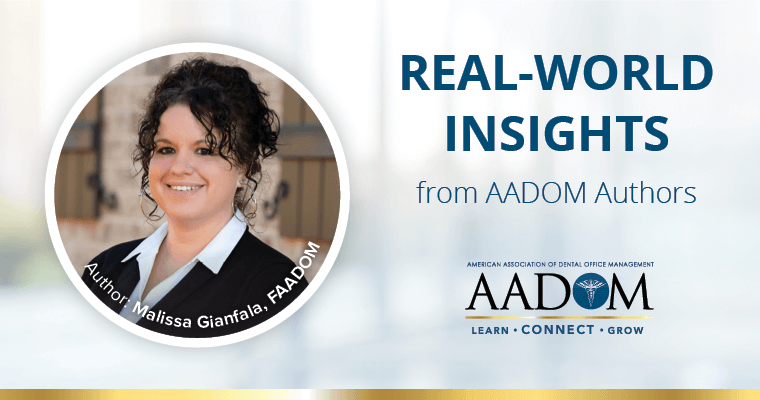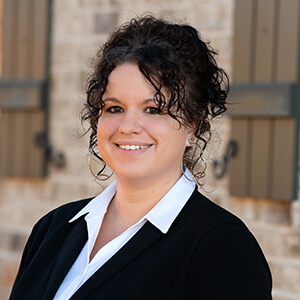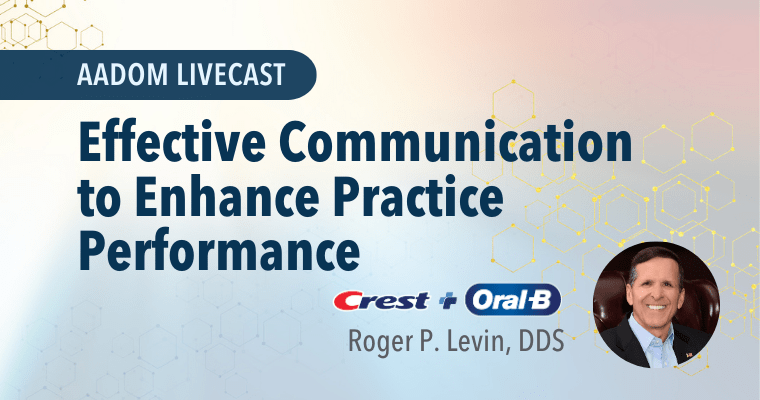You Know What Really Burns My Biscuits? Insurance, Honey.

Regardless of what field you choose to work in or your position, there will always be a part of that job you wouldn’t mind drenching in gasoline and setting on fire. After almost 15 years, I still enjoy working in dentistry but dealing with insurance in ANY capacity is a thorn in my side. Inflation and cost of living have increased astronomically, BUT insurance companies have increased their plan option maximums by poor comparisons.
Instead of increasing maximums with the times, some companies had the audacity to send letters stating they were LOWERING their fees for contracted providers. This may be an exaggeration, but I’m assuming the letter read, “Hey Loyal Provider, we know times are hard, but we’re going to need you to pay your 2022 overhead on this 1982 fee schedule . . .” Along with the insurance representatives overpromising plan coverage and setting patient expectations for failure as soon as they walk into a dental practice, it sincerely burns my biscuits.
Let’s dive into this with a history lesson. In 1954, the DHMO plans were born on the West Coast with the help of California, Washington, and Oregon dental societies. Labor unions were the first to offer this as a supplemental ‘fringe’ benefit to their employee benefits package. It became popular, and by the 1970s, non-unionized employers started offering PPO policies. I pulled a New York Times article written by Jerry Flint in 1978 regarding Dr. Eric Bishop’s insurance insights of that time. In it, he stated the benefits of two companies: Ford Motor Company and Briggs and Stratton. Below is a table to compare the policies 45 years apart.
| Briggs & Stratton 1978 | Briggs & Stratton 2023 | Ford Motor Company 1978 | Ford Motor Company 2023 |
|---|---|---|---|
| Annual Maximum $1000 | Annual Maximum $1500 | Annual Maximum $750 | Annual Maximum $2000 |
| Ortho Maximum $1000 | Ortho Maximum $1500 | Ortho Maximum $650 | Ortho Maximum NONE |
Briggs and Stratton’s annual maximum increased by 50%, and Ford Motor Company’s increased by 267%. Comparing inflation in 1978 to today, $1.00 would equal $4.75 today, a total of 475% increase in the cost of living. This is just two employers and two policies among thousands of examples available. Basic economics tells us that if inflation goes up and income doesn’t increase, it decreases the value of the consumer dollar. Or, in this instance, the insurance dollar. If insurance maximums increased at the rate of inflation, policies would be hovering around $5000 at minimum, not including the expanded coverages offered today that weren’t covered in the 1970s.
Y’all smell them biscuits burning yet?
Through the years, patients have been getting insurance letters at the turn of the new year with a catch line of “Added benefits.” They’re flailing around like they found the golden ticket. For example, their policy added implant coverage without increasing their maximum, and they don’t understand why when they only get one procedure completed, they’re maxed out for the year. What is the point of an insurance company “expanding coverage” when the maximum doesn’t increase?
Some policies have a $1,000 to $ 1,500 lifetime implant maximum. A single implant in the Atlanta, Georgia, area can range from $4,500 to $7,000 and highly depends on whether a general dentist completes the procedure or a specialist is brought into the mix. With Full-mouth reconstruction ranging from $35K to 55K per arch, there isn’t a single dental insurance policy with the OPTION to help cover higher ticket items. Time and time again, patients have asked, “Why do I pay for dental insurance if it doesn’t cover my treatment?” or “Can you just bill it to my medical?”
Honey, I wish I could call your insurance provider and tell them you’re willing to pay a higher premium for quality of life and not simply survival. I wish it were that simple to bill medical when dental fails to cover procedures they should. It’s in our nature to want to help people. We hear their stories and want to move mountains for these patients, but when our backs are to the wall, it can be demotivating.
Another issue is insurance exclusions and fine print. All policies have them, but some are absolutely erroneous. One example would be the “lifetime implant maximums.” A $1,500 “lifetime implant maximum” is like filling a bucket with an eye dropper; it’s a total waste of time. Keep in mind adults have at least 28 teeth, excluding their wisdom teeth; a maximum that small wouldn’t even cover 50% of the cost for one single implant.
To add to the chaos, even if a patient did have implant coverage, my all-time favorite clause is the “If teeth were extracted prior to this policy being effective, nothing will be covered to replace the tooth,” or something along those lines. Medical insurance was required to do away with pre-existing conditions, but why is it acceptable for dental insurance? Are we sensing a pattern here?
Dental Insurance at this juncture shouldn’t be allowed to call themselves insurance. The proper term, in my opinion, is a discount plan. With more practices following suit and opting to be contracted providers, adding procedures to their policies requires them to honor the contracted rate regardless of whether there is sufficient maximum to cover the procedure. The patient is left with the majority of the out-of-pocket expenses of their dental treatment but is conditioned to feel ‘okay’ about it because they are at a contracted provider.
Y’all hear that alarm blaring as the room fills with smoke?
Patients come from all walks of life, and if there aren’t options that actually cover treatment, how can the patient, employer, or anyone else attain said coverage? At the end of the day, we can blame the employer for not opting into a higher policy plan or the patient for not focusing on preventative care and allowing themselves to get to a point where they need crowns, root canals, or full-mouth reconstruction.
As office managers, we are the administrative front line regarding insurance and finances. We will continuously deliver bad news, reset expectations, obliterate patients’ motivation for getting treatment, and somehow salvage the appointment. The unrealistic pretenses that their insurance representative has set will take zero responsibility. We develop relationships with our patients and form bonds beyond ‘treat and transaction.’ For the majority of my career, I have been employed by Fee for Service practices that are patient-focused. When I entered the PPO/Medicaid model, it was devastatingly different, where insurance companies dictated patient care. Insurance and its limitations on patients and providers rock me to my core. Or should I say, it burns my biscuits.
About the Author

From a small town in Louisiana, Hurricane Katrina brought Malissa to Georgia in 2005. In 2010, she began her dental career as a surgical, dental assistant, and then eight years later, a journey into business management. Malissa has been an AADOM member since 2019. She received her AADOM Fellowship (FAADOM) designation in 2021 and will be inducted into the 2023 class of MAADOM in September at the AADOM Conference. In 2021, Malissa started a local AADOM Chapter in Gwinnett County. She says her most significant achievement is being a mom to her four beautiful children, her true inspiration for who she is today.






